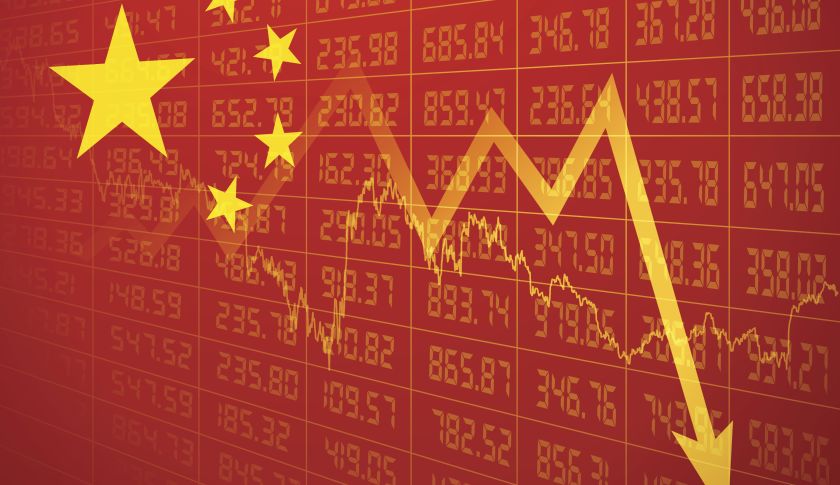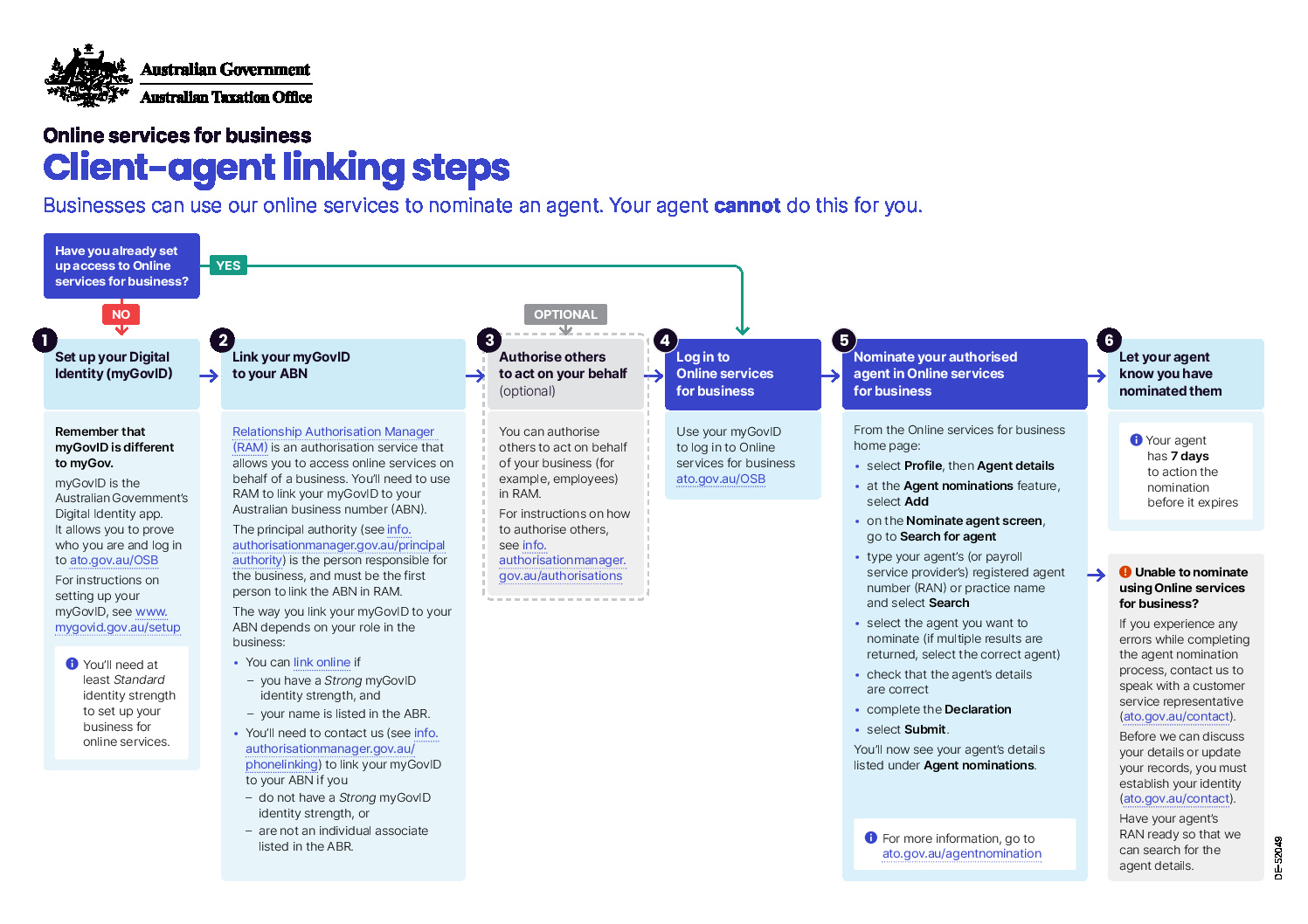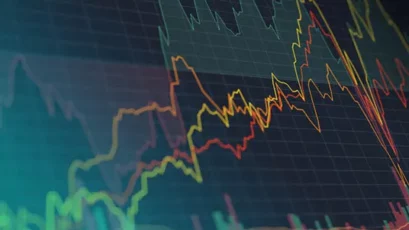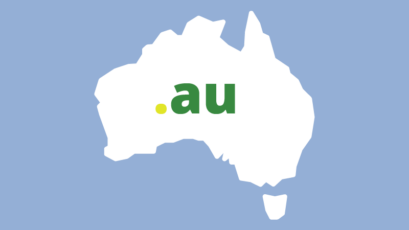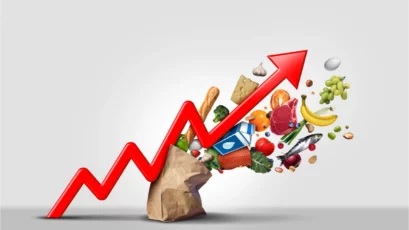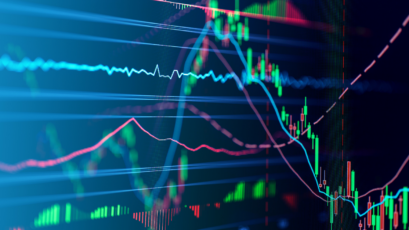Last Thursday the Shanghai Composite Index fell by 6.1% right on the eve of the G20 meeting.
It would have been a bigger fall had the stocks that fell by 10% been allowed to continue trading, but under the rules of the exchange, if a stock rises or falls more than that amount, trading in those securities is suspended. Similar moves occurred on about 5 occasions through January. In fact, the month of January saw the Shanghai exchange down by 22%.
The lead-up to the G20 meeting in Pudong China has not been the glorious display of financial stability that Premier Li Keqiang would have hoped for. Unfortunately, moves like this are nothing uncommon in the Chinese markets lately. From a peak in June, the Shanghai index was down 48.5% by late January.
The Australian market shrugged off the fall last Thursday and managed a rise of 1 point on the day.
Just for some context of the rise and fall of the Chinese market, and a comparison to Australia, we thought you would like this chart, which compares the path of the ASX200 over the last year versus the Shanghai Composite.
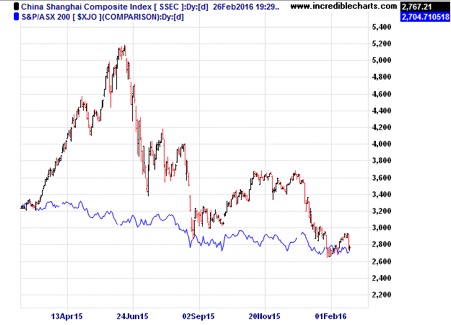
After all the volatility in the Shanghai Composite, we have ended up in much the same place.
Shanghai is down 16.1% from a year ago while the ASX200 is down 17.4%. (to 26 Feb 2016).
Emerging Markets – easy to hate
Sentiment against Emerging Markets seems to be reaching an extreme. There are plenty of reasons too for loathing. Commodity prices for one. Brazil and Venezuela are highly reliant on oil prices, and a long list of other South American economies make most of their export dollars from copper or iron ore. Russia and the Middle East are also highly reliant on the oil prices. Asian emerging economies are generally beneficiaries of low oil prices, as they are net energy importers, but they too are facing problems. The first is the difficult transition of China from an economy that is borrowing and building to one that needs to be driven by consumer spending. The second is the effect rising US interest rates will have on assets in Emerging Markets.
As interest rates have fallen over recent years, money has ventured into all sorts of places that might have previously been out of bounds. But in 2015, the spectre of higher US rates, and falling commodities prices led to an outflow of around $541 billion USD. According to the IMF, this is the first year of negative flow since 1988.
But with all that negativity, comes the opportunity for contrarians. A Bloomberg article reports on the current situation as the “Trade of a Decade” according to Christopher Brightman, Chief Investment Officer at Research Affiliates. He reports that the ‘Shiller P/E’ ratio (a measure based on the average of the last ten years earnings) for Emerging Markets has fallen to a multiple of 10 during January. There have been only six other occasions in the last 25 years that the Emerging Markets have been this cheap. According to Brightman’s research, the average gain in the five years following those six events was 188%. By contrast, long time readers know of my concerns about the forward outlook for US markets given that the Shiller P/E ratio (currently 25.9X) for that group of stocks is in the top quintile, indicating below-average returns for the near future.
Conclusion
It is easy to hate the volatility and uncertainty that we experience in financial markets and at the moment this is especially so in Emerging Markets. However, volatility and extremes in sentiment also create opportunities. We don’t know how China will play out yet. The mountain of debt racked up in the last decade in the pursuit of growth is a concern. But the best time to buy will be when you least feel like it. It could be tomorrow or next month or next year. One thing is for sure, we are getting closer not further away.

